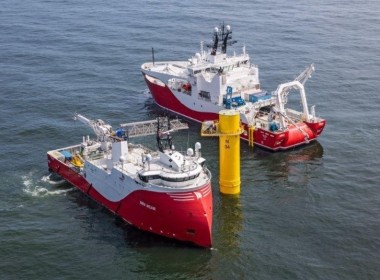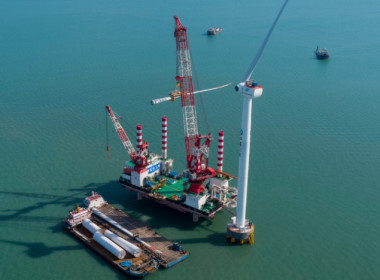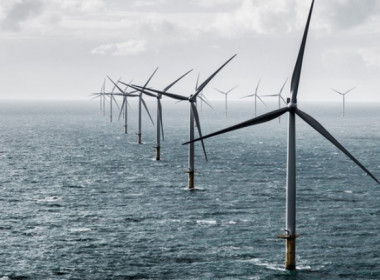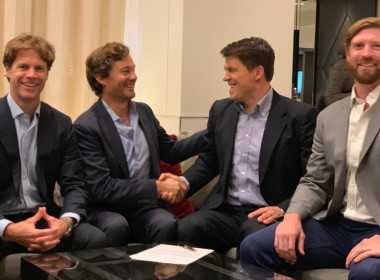COLUMN | Predictable outcomes: a certain wind turbine installation company; Cyan Renewables and DEME; Global Marine and CWind [Offshore Accounts]

Never believe what a company’s managers tell you. Always verify yourself, especially if the company is headquartered in Monaco and is run by a management team with a past reputation for underperformance in the offshore sector. Who could we be talking about?
Imagine a company where the management team paid themselves a US$30 million bonus for achieving a transformational deal just two years ago. “This transaction reflects the biggest step yet in our transformation into a world-class contractor for offshore wind,” the CEO said, commenting on the takeover.
Revisiting a certain US$525 million deal
It paid for the deal with 8.13 million shares, then worth about US$130 million, but now worth only around US$90 million, and with US$12 million in cash, plus it took on the US$299 million of net debt held by the company it was buying, and it issued another US$74 million of redeemable note debt.
At the time of the deal, it said the five vessels it acquired were valued by brokers at US$600 million, so the enterprise value of US$525 million it paid for the target looked like a sweet price to pay with a steep discount on the value of the assets acquired. No wonder the senior management deserved such a large bonus!
The industry-shaping merger
Fast forward nearly two years. The company announces that it will then merge with another company in the same industry, in an all-share deal that will result in the company’s shareholders receiving 40 per cent of the stock in the new, combined entity. As a result of this incredible decision, there seems to be a pay-out of over US$66 million, as “transaction and change of control costs” that would seem to benefit the family that both manages the company and acts as its largest single shareholder (but with less than half of the shares). Due to the opaque nature of the disclosures it is not clear who receives this payout. Anyway, Ker-ching to the key individuals in the company again!
The sale of the non-core assets for US$70 million
Then, a few months later, the company announces it has spun off three of the five assets it acquired in the deal two years before: the lower specification, older, non-core assets. It sold them for the princely sum of US$70 million, and in its results presentation announced on August 8 for the second quarter of 2023, it reported that its “adjusted net income” was US$2.8 million. Not bad, would you think?
You’d be wrong. The company we are discussing is wind turbine installation vessel (WTIV) operator Eneti. We have highlighted disclosure issues about this company, formerly known as Scorpio Bulkers, in the past: like who benefits from the US$66 million of “transaction and change of control costs” in its forthcoming merger with Danish windfarm operator and big-spender Cadeler, and why.
A predictable surprise
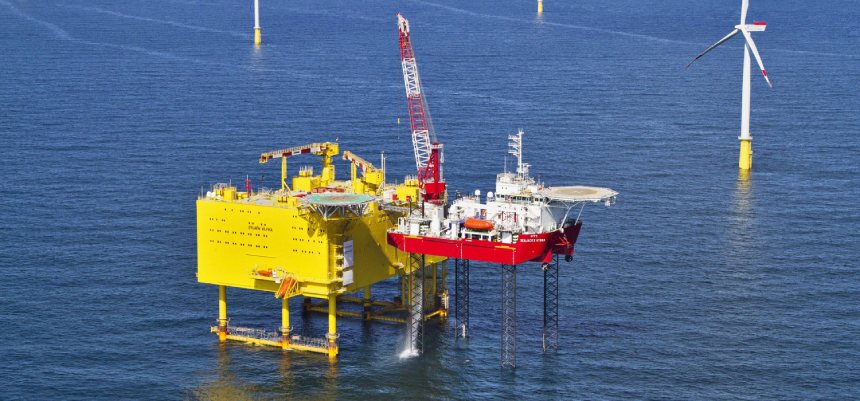
Surprise! The “adjusted net income” of US$2.8 million omits one key fact; when the company sold its three smaller, older WTIVs Seajacks Hydra, Seajacks Leviathan, and Seajacks Kraken for approximately US$70 million in aggregate for delivery to an unnamed, apparently Middle Eastern buyer at the end of the year, there was one small catch.
The sale price was US$49.3 million less than the book value of the assets. Eneti valued the assets at US$119 million, but sold them for US$70 million.
Oh dear. Who could have guessed this? Oh wait, readers of this column, for a start, because in June, we had warned that these three units were “now 14 years old and are technically obsolete.”
We wondered “whether they can be sold for their book value”. At least we have now received the resounding answer: no, they could not be sold for anywhere near their book value.
Mind the GAAP!
So, when it reported its actual results to the American Security and Exchange Commission, Eneti’s much publicised US$2.8 of “adjusted” earnings turned into a loss under American Generally Accepted Accounting Principles (GAAP) of US$49.8 million.
The loss on the write-down far exceeds the bonus that the management received for doing the Seajacks deal. Where is the accountability? If you sold your home for just over half what you had paid for it two years before, you would be unlikely to be getting any bonuses for high performance from anyone.
Cadeler should think carefully
We can only wonder what Cadeler is letting itself into when it merges with Eneti. Eneti is a company that is operating at pretty much break-even with five working WTIVs in the second quarter, typically one of the better quarters of the year due to the good weather for the maintenance and installation of turbines in the North Sea. It has huge capital spending requirements.
Eneti is a company that has another US$524 million of capital commitments to pay for the new two newbuildings it has on order in Korea. Cadeler itself has four newbuildings on order in China – two X-class WTIVs and two F-class foundation installation vessels – and it needs to borrow over US$1 billion to fund them, it reported in the “liquidity risks” section on page 111 of its 2022 annual report. Cadeler has a market capitalisation of US$713 million at the time of writing, down 10 per cent since the deal with Eneti was announced in June (Strange, that.), and Eneti has a market capitalisation of US$425 million.
To me, the 60:40 allocation doesn’t make sense based on Eneti’s market value and its asset values.
There is a gap between the deal price and last Friday
Eneti shareholders will receive 3.409 shares in Cadeler in consideration for each Eneti share tendered under the merger. At the close of business on Friday, Eneti shares were priced at US$10.99 and Cadeler shares traded at NOK38.22 (US$3.59 at current exchange rates). This values the Cadeler shares Eneti shareholders will receive at US$12.23, an 11 per cent premium on Eneti’s current price. This suggests that investors see few prospects of another bid materialising and some risk that the deal will not close.
What we said before continues to apply
We once again reiterate our message that we feel Cadeler’s minority shareholders should say “no” to the deal until the US$66 million “transaction and change of control fee” is justified by the boards of both companies, and until the more than US$110 million in annual synergies are more properly explained.
Cadeler reports its first half results just before the end of the month. We’ll be watching closely for signs that the company is finally generating the cash it needs from its existing two WTIVs and for hints that the operational costs and revenues it estimated for the future are realistic.
After the write-down, the remaining two operational WTIVs in the Eneti fleet, eight-year-old Seajacks Scilla and 11-year-old Seajacks Zaratan, are valued at total US$400 million on the company’s books. How realistic is that valuation? If the deal goes through, that becomes Cadeler’s problem.
Fortunately, Eneti had US$79.4 million of cash on its books at the end of June. This figure is conveniently just enough to pay for that fat change of control fee and the associated transaction costs….
Cyan buys one vessel, signs paperwork for two move
Eleven months ago, we highlighted how Seraya Partners, a Singapore-based private equity fund chaired by James Chern, with Ivan Chern as CEO, had launched Cyan Renewables. They appointed former POSH boss Lee Keng Lin as Chief Executive Officer and announced that the company aimed to buy, own, and operate US$1 billion in offshore wind vessels over the next three years.
One year on, they are close to achieving that aim, and to adding further pressure to the already crowded WTIV market. You wouldn’t know it from looking at the company’s website, which doesn’t appear to have been updated for nine or ten months, but the company has announced some intriguing deals, reminding us that there is never a bad deal for a private equity company in a sector where growth is expected to be exponential.
DEME sells its SWATH
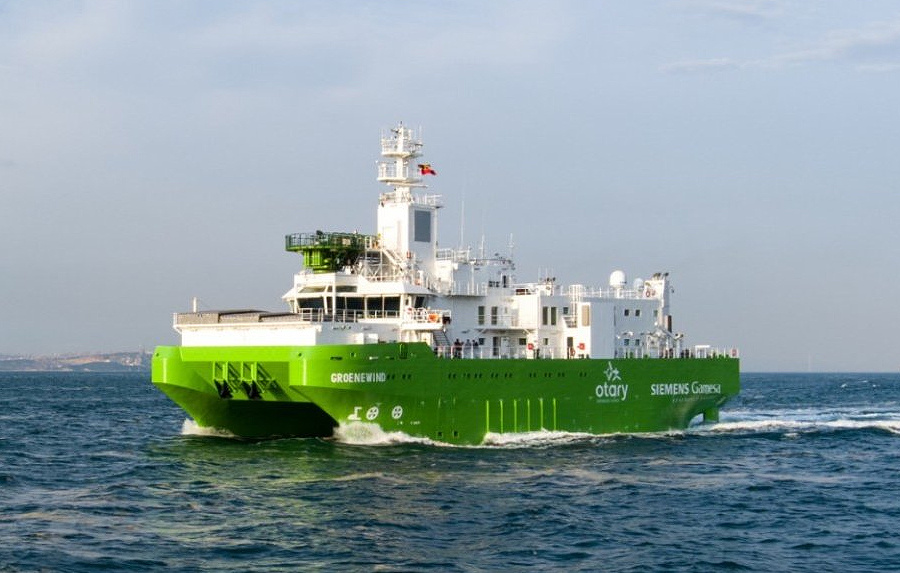
Last month, Cyan announced that it had acquired its first service operation vessel (SOV), the 3,244GT Groenewind, from Belgian construction and dredging company DEME Offshore. DEME has not yet announced its half-year results nor the price, but it will be interesting to see whether it made a profit on the nearly new vessel, which has a long-term contract supporting Siemens Gamesa Renewable Energy (SGRE) in maintaining three offshore wind farms in Belgium. Hint: we fully expect they will deliver a one-off profit from the sale.
For DEME, this looks like a great deal, as it enables the company to sell the expected value of the long-term charter, potentially 15 years of revenues according to Cyan, as well as the ship, thus removing the key risk of operating cost inflation over such a long period and transferring it to Cyan.
Our review of Groenewind from when it delivered at the end of 2021 is here; the Swath Vessel SOV can accommodate 24 service technicians in spacious single cabins and allows them to access turbines in more than three-metre significant wave heights, which Cyan claimed was considered unique for a vessel of its size. Cyan said it had also acquired the vessel design rights, allowing the company to construct future vessels with the same design.
Buying operational track record
For Cyan, it enables the company to buy an SOV operations track record in the eye of clients, at a time when several long-term contracts for SOVs are being tendered by major clients. BP, for instance, has announced a two vessel newbuilding SOV tender against a long-term charter offshore Scotland.
Thus, Cyan’s purchase of Groenewind is similar to the way that Eneti, which had no operating track record in WTIVs, was able to buy wind turbine installation experience when it acquired Seajacks.
No comment.
Show me the deposits!
After Cyan’s announcement on April 25 that it had signed a letter of intent (LOI) at COSCO Shipping Heavy Industry to build its first wind turbine foundation installation vessel, nothing more has been heard of the LOI being firmed up into an actual newbuild contract.
Cyan had said that that foundation vessel would be designed by a Norwegian firm and equipped with a crane of at least 5,000 tonnes capacity, specifically optimised for efficient installation of the heaviest monopiles and the tallest jackets. When will be intent become an actual order?
Instead, Cyan announced at the end of July that it had signed a memorandum of understanding (MOU) with China Merchants Heavy Industry shipyard for a newbuild WTIV.
Offshorewind.biz had a lovely quote from Keng Lin Lee, Group CEO:
“As one of the largest shipyards in the world,” said Mr Keng, “CMHI has a strong track record in building offshore wind vessels, especially wind turbine installation vessels. This MOU opens up a new chapter for future partnerships and we are excited about the opportunities it will unlock for our clients and customers.”
We would observe that LOIs and MOUs are nice to have, and new chapters are always good, especially in a novel, but signed newbuilding contracts are more substantive. When will Cyan make the irrevocable step and hand over a deposit to lock it in with its two Chinese yards?
Fish or cut bait, as the saying goes.
The weakest link in cable-lay
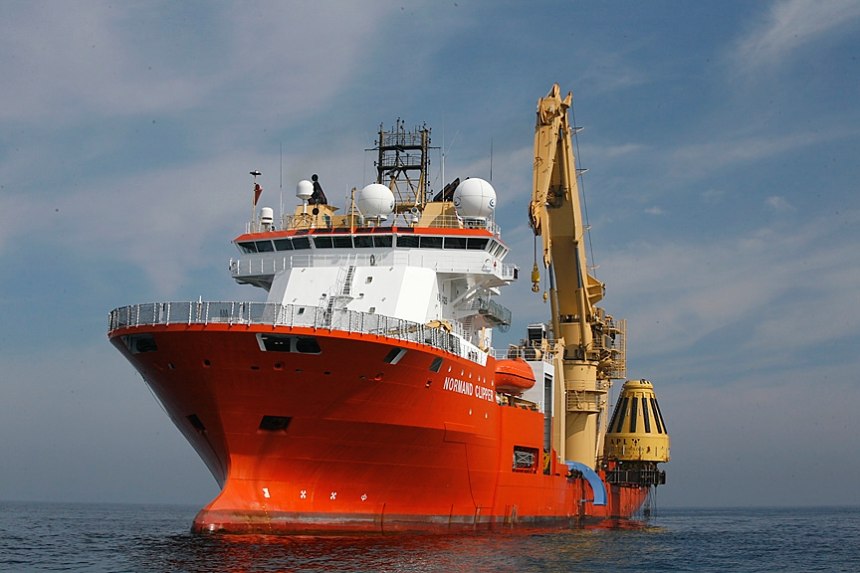
Longtime readers of this column will recall us lamenting how British cable-lay player Global Marine Systems was being bled dry by not one, not two, but three different private equity owners over the last two decades.
Global Marine exemplifies the problems of British management – a former world-beating company now milked dry as a cash cow by a string of disinterested private equity owners since it was rescued from the train crash of Global Crossings in 2004.
This has led to it forfeiting its position as a global leader in the segment, as its cable ships age and the owners seek to extract cash and dividends without investing in new tonnage. The youngest cable-layer in the Global Marine fleet, Normand Clipper, was built in 2001 and is chartered in from Solstad. The rest of the vessels it owns date back to the 1990s.
This is a company that is crying out for long-term management and some vision, not the endless extraction by private equity. The cable-lay market is booming worldwide with many competitors building new ships with much higher specifications. Prysmian announced the keel-laying ceremony of its 171-metre newbuild cable layer Monna Lisa (yes, with two n’s) earlier this year.
Without some fresh investment and better management than it has had over the last two decades, Global Marine will end up technically obsolete and irrelevant.
CWind Taiwan sale signal further shrinkage for Global Marine Systems
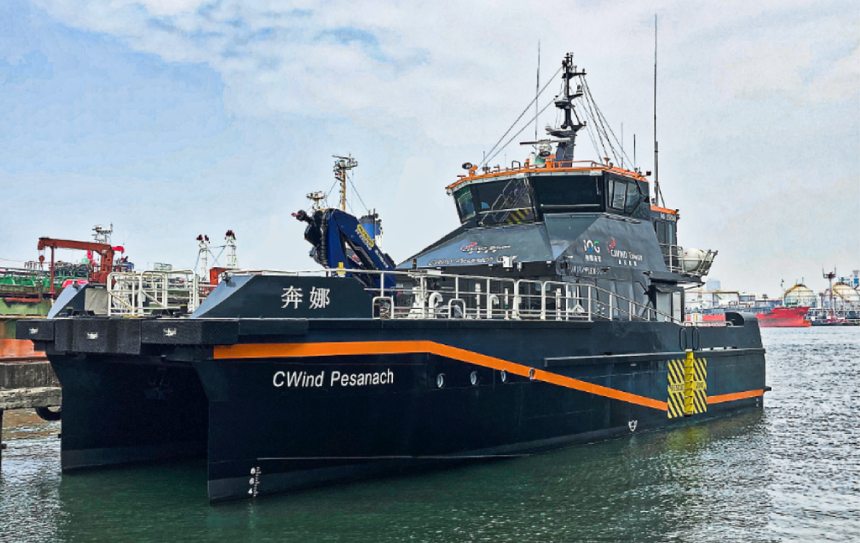
At the end of July, further shrinkage was announced when Global Marine sold its stake in its Taiwanese windfarm crewboat subsidiary CWind Taiwan to its local Taiwanese partner, the International Ocean Group (IOG). CWind Taiwan owns and operates six crewboats from 16 meters to 27 meters in length as well as four small inshore survey vessels. It has provided crew transfer services at all Taiwanese wind farms constructed so far: Taipower Phase 1, Formosa 1 and 2, and Yunneng.
That leaves CWind with 13 crewboats trading in the North Sea. Global Marine’s was sold yet again to J.F. Lehman and Company in early 2020 (here) for around US$250 million.
Will the owners now take a call from Cyan or Purus or (God forbid) Pelagic Partners, and sell the rest of CWind? We wouldn’t be surprised if they were to do exactly that. Greed and short termism remain the primary weaknesses of the private equity model. However, neither one is unusual elsewhere in the shipping industry, as we have already seen.
Background Reading
The presentation Eneti made explaining the logic of its US$525 million investment in Seajacks is here.
The presentation explaining the commercial logic of the Eneti and Cadeler merger is here.


![COLUMN | Predictable outcomes: a certain wind turbine installation company; Cyan Renewables and DEME; Global Marine and CWind [Offshore Accounts]](https://www.bairdmaritime.com/wp-content/uploads/OFFSHORE-WEEK-Banner-860x130-12.gif)
